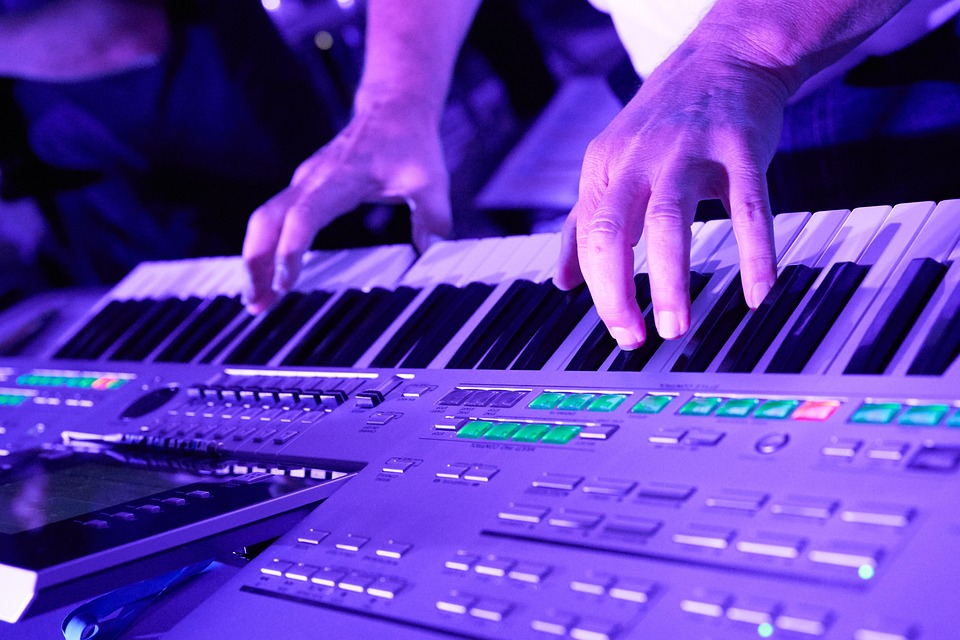In recent years, the world of custom keyboards has exploded in popularity, attracting enthusiasts from all walks of life. Whether you’re a casual typist, a gamer, or someone who appreciates the tactile satisfaction of a mechanical keyboard, building your own custom keyboard can be a rewarding experience. This guide will walk you through the basics of creating your own unique keyboard setup.
1. Understanding the Benefits of a Custom Keyboard
Personalization
A custom keyboard allows you to choose every component, ensuring that your keyboard matches your personal preferences—be it aesthetics, sound, or feel.
Performance
Custom keyboards often provide superior performance, with high-quality switches and PCBs that can enhance typing speed and accuracy.
Satisfaction
Building your own keyboard can be incredibly satisfying. The process is a hobby that combines creativity with technical skill.
2. Gathering Your Materials
Key Components
-
Case: The outer shell of your keyboard. Available in various designs and materials (plastic, aluminum, etc.), choose one that fits your style.
-
PCB (Printed Circuit Board): The motherboard of the keyboard that connects the switches and communicates with your computer. Look for PCBs that support the layout you want (80%, TKL, full-size, etc.).
-
Switches: The mechanical components that register a keystroke. Choose from a variety of types (clicky, tactile, linear) based on your typing preference.
-
Keycaps: The plastic caps that go on top of the switches. Keycap sets come in various designs, profiles, and materials, allowing for further personalization.
- Stabilizers: Essential for larger keys (like the Spacebar and Enter), stabilizers ensure these keys press down evenly and smoothly.
Optional Components
- Microcontroller: Some PCBs may require a separate microcontroller to function.
- RGB Lighting: If you want a flashy keyboard, consider a PCB that supports customizable RGB lighting.
- Sound Dampeners: Foam or silicone pads can add dampening to reduce vibrations and sound.
3. Choosing the Right Layout
Before you purchase components, decide on the layout of your keyboard. Some popular layouts include:
- Full-size: Includes a number pad.
- Tenkeyless (TKL): Compact without a number pad.
- 65%/60%: Very compact, omitting function rows and dedicated arrow keys.
Your choice of layout will affect the size of the case, the PCB, and the keycap set you need.
4. Tools You’ll Need
To assemble your custom keyboard, you’ll need:
- Soldering Iron: Many PCBs require soldering for the switches and microcontroller.
- Wire Cutters: For trimming excess wire from the switches.
- Screwdriver: Typically a small Phillips head for securing the case.
- Keycap Puller: Makes it easier to install or remove keycaps during assembly.
- Tweezers: Helpful for handling small components.
5. The Assembly Process
Step 1: Preparing the PCB
If your PCB requires soldering, begin by inserting the switches into the designated holes. Ensure that the pins are straight and properly aligned before soldering them in place.
Step 2: Installing Stabilizers
For larger keys, install the stabilizers on the appropriate spots on the PCB. Ensure they click into place securely.
Step 3: Attach the PCB to the Case
Once the switches and stabilizers are soldered, carefully fit the PCB into your keyboard case. Secure it using screws provided with your case.
Step 4: Add Keycaps
Once everything is secured, press the keycaps onto the switches. Ensure they are seated properly for functionality.
Step 5: Test Your Keyboard
Before finalizing your build, connect your keyboard to your computer and test every key and feature to ensure everything works correctly.
6. Customizing Your Keyboard
Once your keyboard is assembled, consider customization options such as:
- Key Mapping: Use software to customize key functions.
- RGB Effects: If your PCB supports it, dive into the settings for fun lighting effects.
7. Resources and Community
Online communities, such as Reddit’s r/MechanicalKeyboards, and dedicated forums provide ample resources for tips, troubleshooting, and showcasing builds. Don’t hesitate to seek advice or share your journey!
Conclusion
Building your own custom keyboard can be a deeply gratifying process that allows for creativity and personalization. With the right components, tools, and enthusiasm, you’ll not only enhance your typing experience but also gain a deeper understanding of the technology that powers everyday tools. Happy building!



